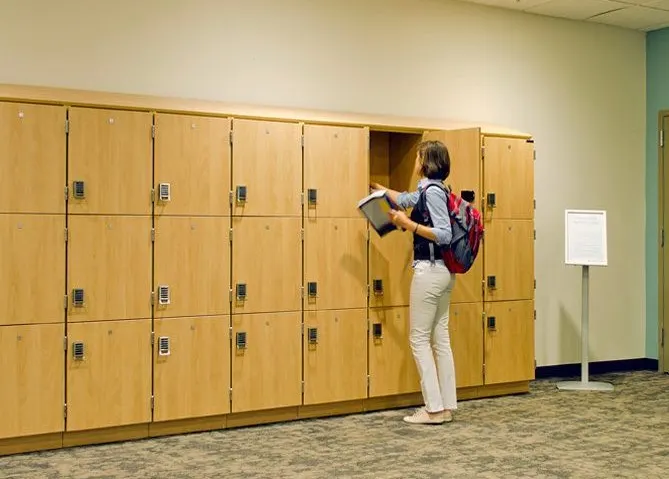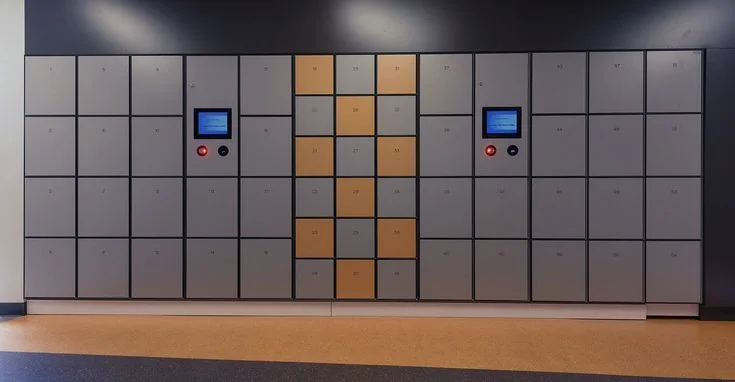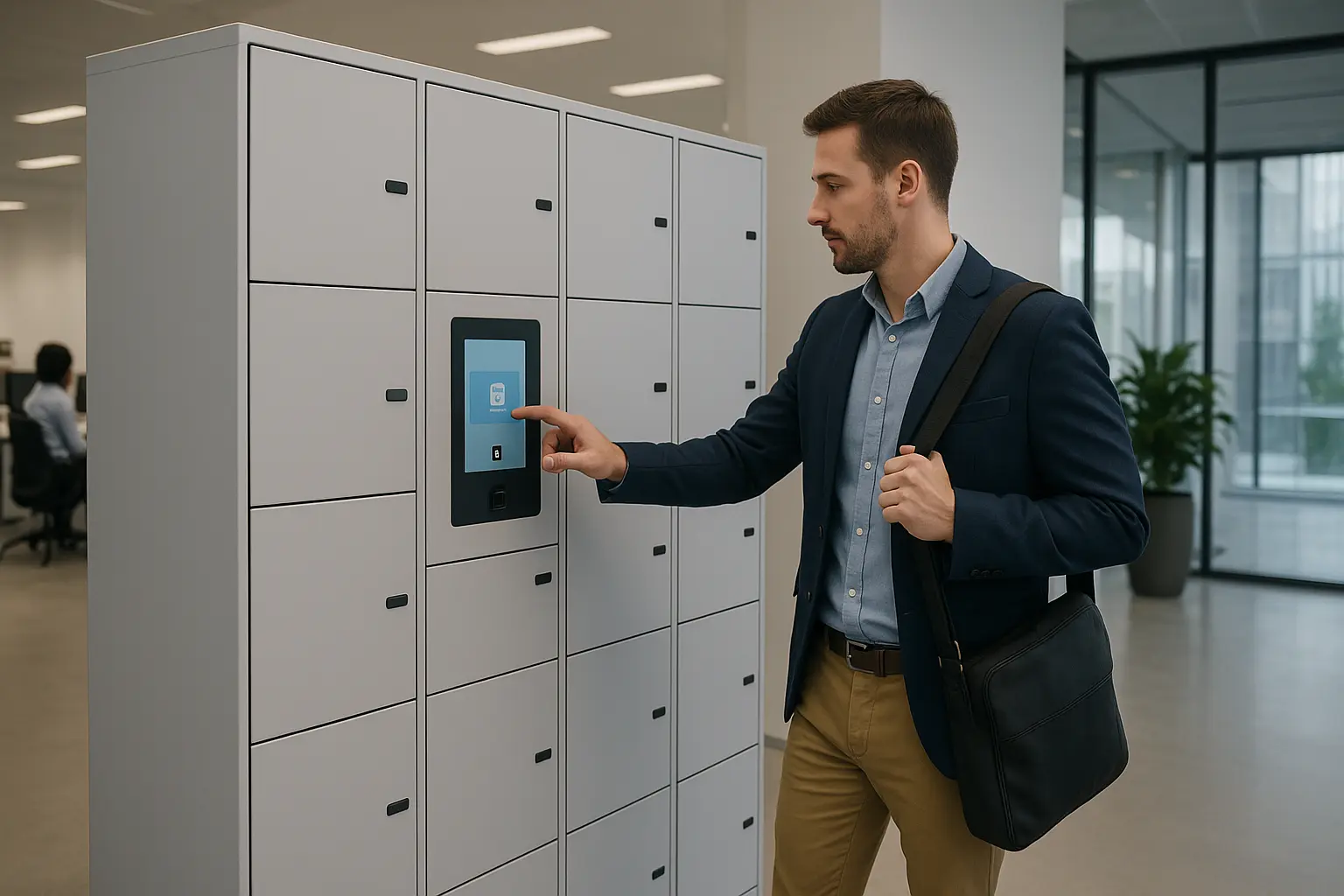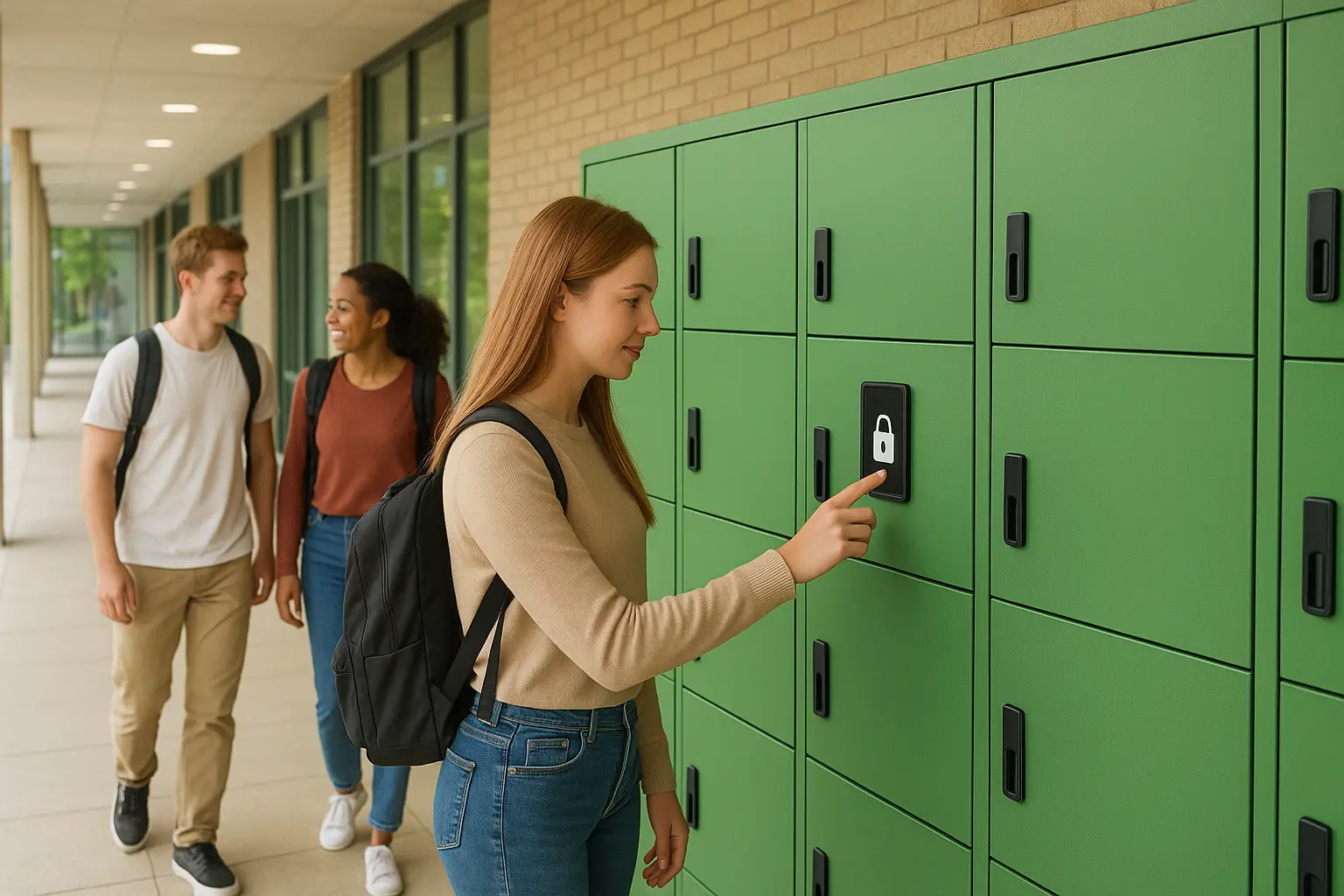University campuses face unique challenges when it comes to providing secure, convenient storage solutions for thousands of students, faculty, and staff. When Global University, a leading institution with over 25,000 students, decided to modernize their campus infrastructure, smart lockers emerged as a transformative solution that would revolutionize campus security and enhance the student experience.

A deep dive into how a leading university implemented smart locker solutions to improve campus security and student experience.
The Challenge: Outdated Infrastructure
Before the smart locker implementation, Global University struggled with an aging locker system that was causing numerous problems across campus. Traditional metal lockers with mechanical locks were prone to break-ins, lost keys, and maintenance issues. Students frequently reported stolen belongings, and the facilities department was overwhelmed with constant repair requests.
The university needed a solution that could provide bank-grade security while being user-friendly for the tech-savvy student population. Additionally, the system needed to integrate with existing campus security infrastructure and provide administrators with real-time monitoring capabilities.
Key Problems Identified
The university faced several critical issues with their existing locker system:
- Frequent break-ins and theft incidents
- High maintenance costs and downtime
- Limited access control and monitoring
- Inability to track usage patterns
- Poor student satisfaction with existing facilities
Implementation Goals
The university set clear objectives for the smart locker project:
- Eliminate theft and security breaches
- Reduce maintenance costs by 70%
- Provide 24/7 access to authorized users
- Integrate with campus ID system
- Improve overall student satisfaction
"The implementation of smart lockers has been one of the most successful infrastructure projects in our university's history. We've seen a dramatic reduction in security incidents while significantly improving student satisfaction."
— Dr. Sarah Johnson, Vice Chancellor of Student Affairs, Global University
The Implementation Journey
The university took a strategic approach to implementing smart lockers across campus, beginning with a comprehensive assessment of needs and a phased rollout plan:
Phase 1: Assessment and Planning
The university conducted extensive surveys of students, faculty, and staff to understand storage needs across different campus areas. They identified high-priority locations including libraries, student centers, residence halls, and athletic facilities.
Phase 2: Technology Selection
After evaluating multiple vendors, the university selected a smart locker system that offered multiple access methods including student ID cards, mobile app access, and biometric authentication. The system also provided comprehensive administrative tools for monitoring and management.
Phase 3: Phased Deployment
The implementation began with high-traffic areas like the main library and student union. This allowed the university to gather feedback and make adjustments before expanding to other campus locations. Each phase included comprehensive training for both users and administrative staff.
Transformative Results
The smart locker implementation has delivered remarkable results across multiple dimensions, transforming the campus experience for students and administrators alike:
Enhanced Security
Theft incidents decreased by 98% in the first year after implementation. The smart lockers' advanced security features, including real-time monitoring and audit trails, have made unauthorized access virtually impossible.
Student Satisfaction
Student satisfaction surveys showed a 75% improvement in ratings for campus facilities. Students particularly appreciate the convenience of mobile app access and the ability to reserve lockers in advance.
Operational Efficiency
Maintenance costs decreased by 72% as the smart system requires minimal intervention. Administrative staff can now manage the entire locker network remotely, reducing the need for on-site personnel.
Success Stories Across Campus
Different campus departments have found unique benefits from the smart locker implementation:
Library Services
The main library implemented smart lockers for students to store laptops and research materials while studying. This has increased study session durations by an average of 45 minutes and improved overall library utilization rates.
Athletic Department
The campus recreation center installed smart lockers for gym equipment and personal belongings. The system has reduced lost-and-found items by 90% and improved the overall gym experience for student-athletes.
Residence Life
Dormitory buildings now feature smart lockers in common areas, providing secure storage for residents without requiring individual room modifications. This has improved space utilization and resident satisfaction.
Future Expansion Plans
Building on the success of the initial implementation, Global University has ambitious plans to expand the smart locker ecosystem:
Campus-Wide Coverage
The university plans to install smart lockers in all academic buildings and outdoor spaces by the end of the next academic year, creating a seamless storage network across the entire campus.
Advanced Features
Future enhancements include package delivery integration, allowing students to receive packages directly in their smart lockers, and temperature-controlled lockers for specialized equipment storage.
Research Integration
The university is exploring partnerships with technology companies to use the smart locker network as a testbed for new security and IoT research, providing students with hands-on learning opportunities.
Key Lessons Learned
Through this transformation, Global University identified several critical success factors for other institutions considering similar implementations:
Stakeholder Engagement
Involving students, faculty, and staff in the planning process ensured the final solution met everyone's needs and increased adoption rates.
Comprehensive Training
Investing in thorough training for all users and administrators was crucial for smooth adoption and maximizing the system's benefits.
Data-Driven Decisions
Using usage analytics to inform expansion plans and feature improvements helped optimize the investment and ensure continued relevance.
Conclusion: A Model for Campus Transformation
Global University's smart locker implementation demonstrates how thoughtful technology integration can transform campus life while addressing critical security and operational challenges. The success of this project provides a valuable blueprint for other educational institutions looking to modernize their infrastructure.
The combination of enhanced security, improved student experience, and operational efficiency has created a win-win scenario that benefits all stakeholders. As more universities face similar challenges, smart lockers are emerging as an essential component of modern campus infrastructure.
Key Takeaway
Smart lockers represent more than just a storage solution—they're a catalyst for campus transformation. By prioritizing both security and user experience, universities can create environments that support learning while providing the modern amenities students expect.




John Smith
May 16, 2023 at 10:30 AMGreat article! The insights on AI integration in storage solutions are particularly valuable. Looking forward to seeing how these technologies evolve in the coming years.
Sarah Johnson
May 16, 2023 at 2:15 PMI've been researching smart locker solutions for our company, and this article provided exactly the information I needed. The section on IoT connectivity was especially helpful.
Michael Chen
May 17, 2023 at 9:45 AMExcellent analysis of future trends. I would love to see a follow-up article focusing on the security aspects of these systems, particularly regarding data protection.